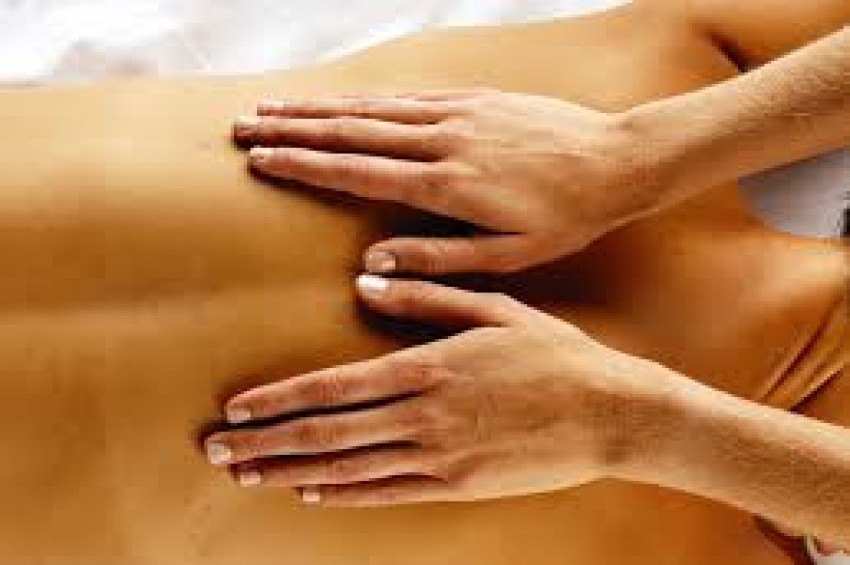

Copied from: https://www.massagemag.com/8-ways-to-extend-your-massage-therapy-career-34243/
Whether you have two years’ experience or 20, you have no doubt discovered that building and maintaining a full-time massage therapy practice places a large physical demand on your body. Massage therapists often develop overuse injuries from repetitive movements of the upper extremities. Many learn too late that self-care is critical for enjoying a long and pain-free massage therapy career.
These physical demands are growing, too, as the size of our clients grows. According to the U.S. Centers for Disease Control and Prevention as reported by CBS Atlanta, American men’s average weight is approximately 30 pounds more now than it was in 1960; American women’s weight is approximately 26 pounds more.
How can we respect and protect our maturing, possibly injured bodies—and continue to deliver consistently superior sessions?
Here are my favorite career-extending self-care strategies:
I made the switch to clothes-on treatment more than 20 years ago and have never looked back. The clothes-on approach enhances a client’s mobility, resolves potential modesty issues, and brings a more clinical focus to your practice.
I ask clients to wear a well-worn, cotton T-shirt and sweatpants, because both offer a modest amount of friction; I can take a position and press through the clothes, and my fingers do not slide.
It takes more effort and energy from me to deliver deep pressure and glide at the same time on oiled skin. Through clothing, I can deliver consistent, sustained pressure with less force coming from me. Less force means fewer repetitive injuries for the therapist.
Another benefit of the clothes-on approach is that it frees you from using oil or lotions. From a practical standpoint, it’s a treat to not have that continual cleanup and expense.
Clothes-on massage eliminates draping, which opens up the all-important side-lying position. You’ve likely had many times you were out of position, leaning over a client in prone or supine position, using poor body mechanics, stressing yourself to get into an area that needed to be addressed. The side-lying position solves that.
I use pillows under the head, knee and feet to make a client comfortable, relaxed with muscles on slack, and therefore much more approachable. Treatments then require less pressure from me and are delivered from a place of proper posture, my back straight, without leaning over.
Also, in the side-lying position you don’t have to lift a heavy arm or leg to massage it properly.
In the late 1970s, when I studied Neuromuscular Therapy with Paul St. John, the training included work in the lamina groove using wooden tools with a soft tip. One was rounded and one was beveled. The design didn’t fit my hand very well, so I redesigned the T-shape into an L-bar, changed the dimensions a bit, and ended up with what I have for 20 years been calling the Thumbsaver and the Beveled L-Bar.
I turned to these tools to save my career because my thumbs gave out; in fact, repetitive glides and strokes have left my thumbs profoundly changed. This wasn’t caused so much by delivering direct pressure as it was by turning and twisting to get my thumb into the right place. Pressing in with my thumb tool cradled comfortably in the palm of my hand, I can provide sustained pressure—moderate or deep—for as long as needed without using my thumbs. For sensory input, I use the tips of my fingers to track alongside the rubber point of the tool, so I can feel for just the right amount of pressure in just the right spots.
Especially though clothes, your clients will not be able to tell the difference between a tool and your overused thumbs.
Massage is all about pushing and pulling—usually much more pushing than pulling. In the side-lying position particularly, I can brace one hand on a client’s arm or leg to provide a stabilizing, opposing pressure, and with the other hand work a variety of pulls that greatly reduce the wear and tear on my body. Again, less repetitive pushing and greater diversity, using pulls, mean fewer injuries for the therapist.
Examples:
Particularly valuable to therapists who are so damaged they are ready to give up their careers is the move to specialize in treating the head, neck and jaw exclusively. This greatly reduces the mechanical stress on the therapist, and at the same time opens the door to establishing a referral network with both physicians and dentists for treatments on headaches and temporomandibular joint dysfunction.
I specialize in medical massage therapy and employ the full range of clinical protocols: assessments, measurements, treatment plans, remedial exercises and more. So for me, a client session is more diverse than just hands-on manipulation. That means less wear and tear on my body.
Clients come to me to achieve targeted results on specific problem areas, and we work toward those goals. I rarely, if ever, give a full-body massage. This allows me to focus and position myself in the most beneficial posture to do what must be done.
Clients with painful conditions and injuries usually require extensive treatment in specific areas. Neck and jaw treatment, for example, have always been paramount in my practice. It takes time to be thorough, and being seated on a rolling stool brings my body back into good posture.
Teach your clients a self-care program of using daily hydrotherapy and active range-of-motion exercises to enhance their care. Clients often get better more quickly, and the therapist’s work becomes easier. This therapeutic relationship encourages personal responsibility and eases the expectation that healing is only the responsibility of the massage therapist. However, note that in some states even recommending exercise is outside the scope of practice of massage therapy. First, make sure you are acting within the law.
We all need to counterbalance the repetitive nature of giving massage with regular active range-of-motion exercises for the shoulders, back, arms and hands. A comprehensive self-care program is an important key to a long and healthy massage therapy career.